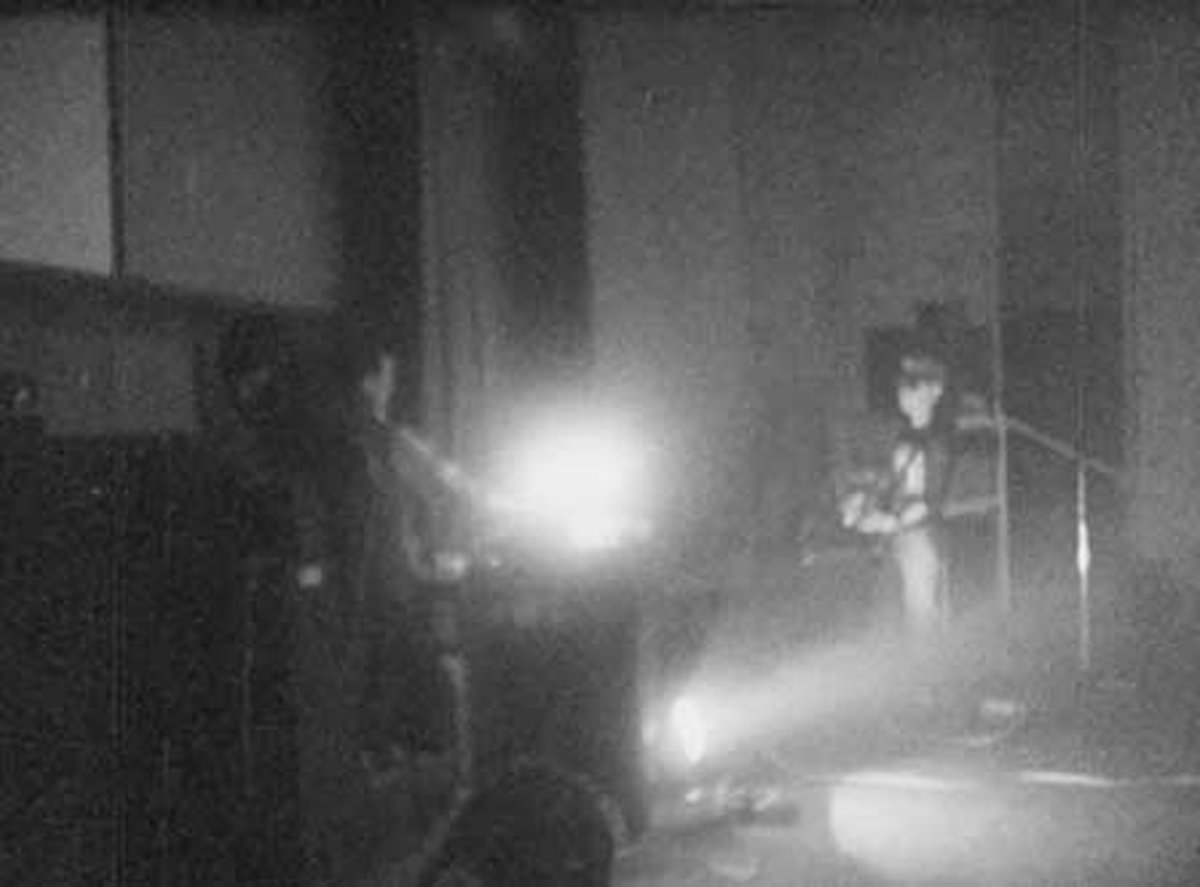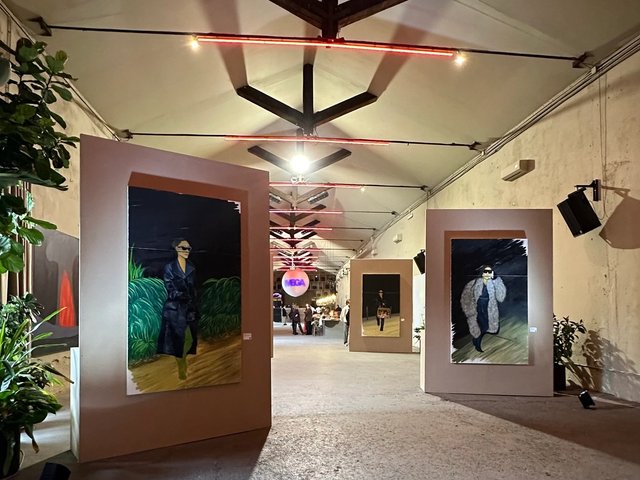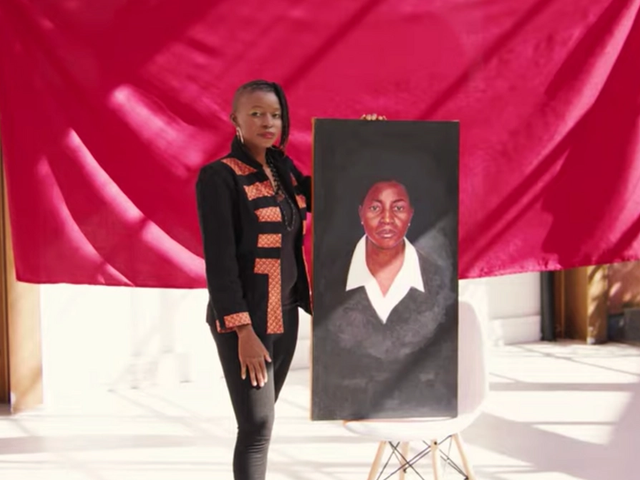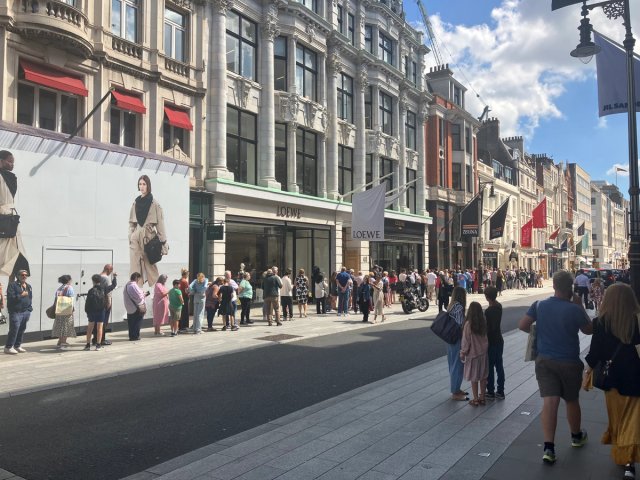When the performance art collective COUM Transmissions staged their exhibition Prostitution at London’s Institute of Contemporary Arts in 1976, a predictable moral panic ensued. The week-long show of bloody tampons, rusted knives and pornographic images of its group member Cosey Fanni Tutti prompted pearl-clutching parliamentarians to debate the future of art in Westminster.
How little has changed. Fifty years later, right-wing politicians still decry contemporary art as a portent of civilisational collapse for its supposed amorality, bewildering crypticism and indulgent self-introspection—somehow failing to grasp that engaging with art in such a febrile manner justifies its existence better than any hollow argument from the neoliberal centre ever could.
Perhaps realising the predictable outcomes of a practice foregrounded in shock, COUM folded in the same year as their ICA show and reformed as the experimental music group Throbbing Gristle. This anarchic, industrial band, fronted by Genesis P-Orridge, helped to define the dirty underbelly of the UK post-punk scene with its jarring lyrics and sludgy electronica.
A film made during this liminal period bridges the two projects. After Cease to Exist (1977) features images of Tutti simulating the genital mutilation of her partner in art and life, Chris Carter, interspersed with scenes of Throbbing Gristle performing a concert wearing Nazi uniforms. (The band often donned the clothes of controversial and extremist figures as a means of rejecting their power.)
Despite its gory plot, the film resists being categorised within the body horror sub-genre through its glacial pacing and, as the writer Declan Cochran notes in an accompanying essay for the show, lack of a diegetic soundtrack, which creates a sense of "heightened banality". Indeed, After Cease to Exist relates far less to horror films of its time than it does to the "aspic universes" found in the uncanny and weird DIY British television of the 1970s—the subject of an excellent 2023 exhibition, People Make Television, at Raven Row in London.
The film was screened earlier this year at the Paris project space Judy’s Death, located in the Montmartre studio apartment of the curator Hugo Bausch Belbachir. “It overlooks the Sacre Coeur—a rather romantic view for such a gruesome work,” he says. Judy’s Death is funded through loans from private foundations, with Fluxus Art Projects having covered most of the costs for this show. Their team members “were horrified watching the film”, he says. “I am surprised by how triggered people still get by COUM.”
Bausch Belbachir says that it is refreshing to engage with art that is “unapologetically impolite, which doesn’t make a case for itself”. Indeed, in an age where art workers must source funding for their work by emphasising its supposed virtues—as platforms for good politics, bridges between cultures, fundraisers for noble causes, or its status as an asset class—it feels all the better to indulge in something that is at once provocative, obscure and downright rude.






